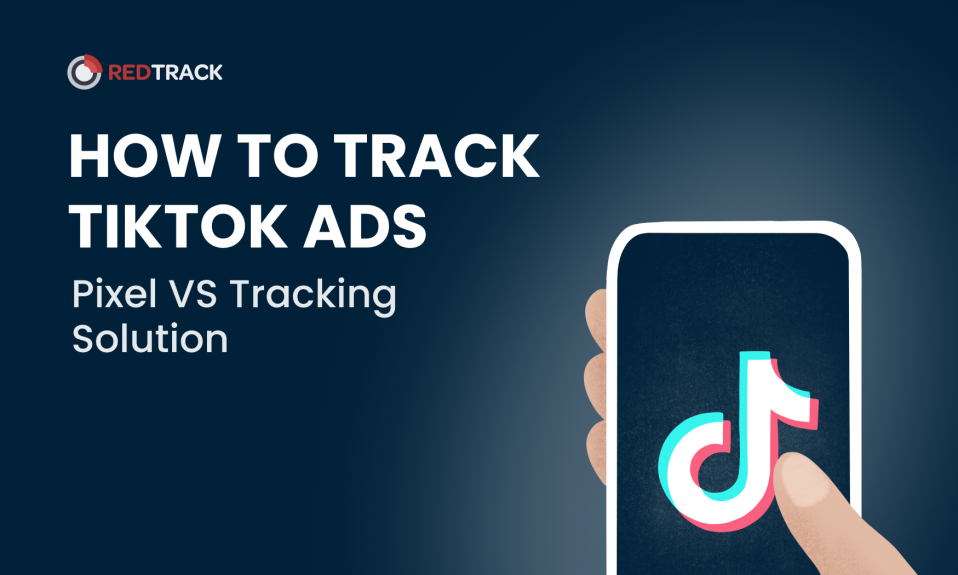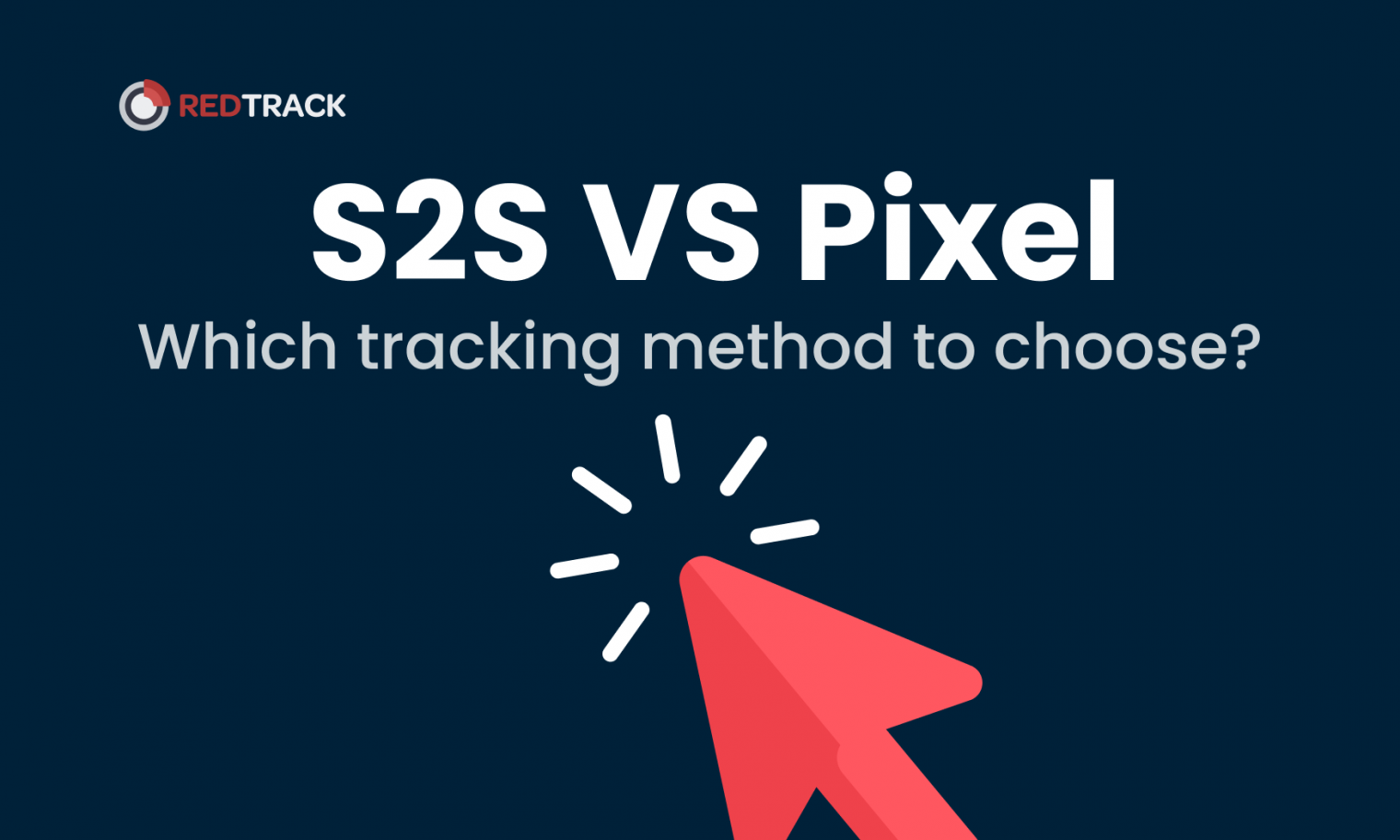
Check our 2-minute video to explore 5 reasons users choose RedTrack as their ad tracking & attribution partner.
Pixel tracking has become an indispensable tool in the digital marketing arsenal. As media buyers and digital marketers strive to measure, analyze, and optimize their online advertising efforts, understanding the nuances of pixel tracking is paramount. This guide aims to demystify the concept of pixel tracking, offering insights into its functionality, implementation, and the benefits it brings to digital marketing.
At its core, pixel tracking is a method used to track user behavior and conversions on a website. It involves placing a tiny, invisible 1x1 pixel image, often referred to as a "tracking pixel," on a webpage or within an email. When the page or email is loaded, the pixel sends information back to the server, capturing valuable data about the user's interaction.
To understand how pixel tracking works, it's essential to delve into its mechanics. When a user visits a webpage with a tracking pixel, their browser requests the pixel image from the server where it's hosted. This request transmits data such as the user's IP address, the webpage visited, the time of the visit, and browser type, among other details. This information is then used to track user behavior and conversions.
There are several types of tracking pixels, each serving a specific purpose:
Conversion Pixels: Used to track conversions like form submissions or purchases.
Retargeting Pixels: Help in showing targeted ads to users who have visited specific pages.
Analytics Pixels: Used for gathering broader data on website traffic and user behavior.
Implementing tracking pixels involves a few straightforward steps. First, the pixel code is generated by the ad platform or analytics service. This code is then embedded into the webpage's HTML or email template. Care must be taken to place the pixel in the correct location to accurately track the desired action or behavior.
Pixel tracking offers several benefits to digital marketers:
Enhanced Targeting: Allows for more precise targeting of ads based on user behavior.
Improved ROI: By tracking conversions, marketers can better assess the effectiveness of their campaigns.
Personalized Marketing: Enables the creation of personalized marketing strategies based on user data.
Better Analytics: Provides in-depth insights into user interactions, aiding in data-driven decision-making.
While pixel tracking is powerful, it comes with challenges:
Privacy Concerns: With increasing scrutiny on user privacy, it's crucial to adhere to privacy laws and regulations.
Ad Blockers: The rise of ad blockers can impede the effectiveness of pixel tracking.
Cross-Device Tracking: Tracking users across multiple devices remains a complex challenge.
Future of Pixel Tracking
The future of pixel tracking lies in adapting to the evolving digital landscape. This includes embracing new technologies, respecting user privacy, and finding innovative ways to gather and utilize data without infringing on user rights.
Pixel tracking remains a vital tool for digital marketers and media buyers. By understanding its intricacies and leveraging its capabilities, professionals can significantly enhance their marketing strategies, ensuring more targeted, efficient, and effective campaigns.

Check our 2-minute video to explore 5 reasons users choose RedTrack as their ad tracking & attribution partner.

Join our Facebook group to participate in the discussions, share your insights with like-minded people, and ask for support if needed.

Find out how Financer.com optimized the conversion rates of both organic and paid traffic by 60% with RedTrack.